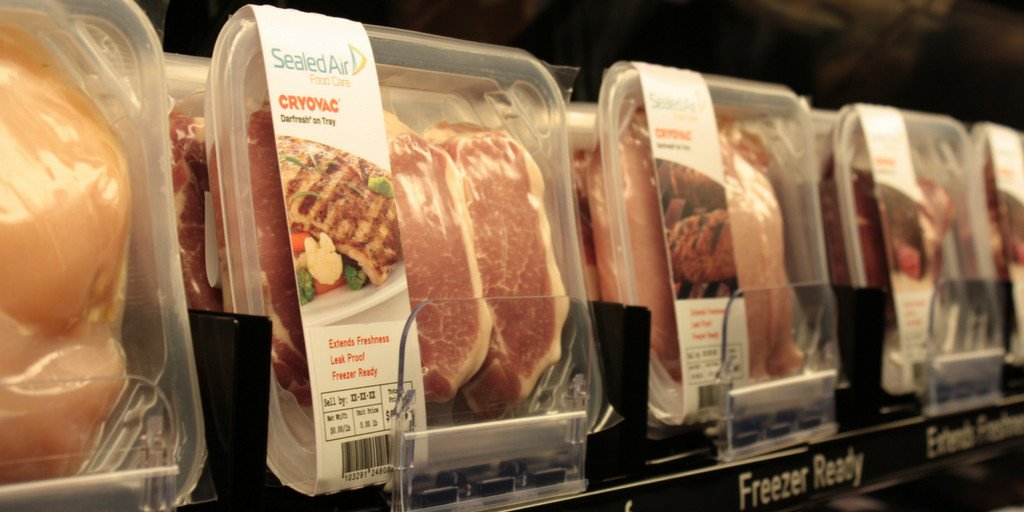3 Trends that are Shaping the Future of Food Packaging

Companies from poultry, meat and feed industries came together in Atlanta from January 31- February 2 for International Production & Processing Expo (IPPE), the world’s largest event of its kind. With a heavy focus on innovation, many companies showcased the latest technological developments addressing issues facing our industry.
During my 35 years in the industry, I’ve attended IPPE about 25 times with Sealed Air and I’ve witnessed the evolution of many products and equipment in the food production and processing space. This year, I’ve heard from our team that attended the show about how this innovation came to life once again at IPPE with a few key emerging packaging trends:
1. Automation
Operational efficiency is a top concern for food processors pressured to meet growing market demands for lower prices, higher product quality and improved sustainability. Automation and the Internet of Things (IoT) are changing how the food industry tackles problems like food safety, waste and speed of their operations. For example, if a poultry processor automates the poultry bag loading process, this alone can significantly reduce line time, increase worker safety, and increase food safety by reducing the risk of contamination. With better visibility into real time data, food processors can better target problems and proactively make changes to increase safety and efficiency.
2. Customization
With so many food options to choose from, a consumer’s retail purchasing decisions often come down to a brand’s ability to stand out from the crowd. According to a study by Mintel, 52 percent of U.S. food shoppers are drawn to packaging with unusual or eye-catching designs and 44 percent of Chinese consumers are interested in personalized packaging over alternatives.
Brands like Coca-Cola have recognized the importance of customization to engage consumers and drive experience. With their “Share a Coke” campaign, Coca-Cola offers nearly limitless naming options and invites consumers to buy a personalized bottle for a friend. Customization helped Coca-Cola achieve the largest year-over-year growth in 20-ounce packaging in its history—more than 19 percent.
3. Zero waste
Sustainability is no longer a “nice to have,” but a business imperative. From food loss and waste to wasting valuable resources like water and energy, retailers and processors alike are looking at every stop in the supply chain for opportunities to turn loss into value. At Sealed Air, we aim for zero waste in our global manufacturing footprint. We’re reducing resource demands and improving resource efficiencies in our facilities, and we’re committed to repurposing, reusing or recycling 100 percent of waste from our manufacturing operations.
While sustainable packaging is not new, companies are increasingly opting for environmentally friendly packaging over alternatives to meet their own sustainability goals as well as consumer demands. Companies are recognizing the benefits of lightweight, sustainable food packaging which results in fewer manufacturing costs, and less environmental impact from transportation and the reduced waste going to a landfill.
Consumer preference drives trends, and consumers in 2017 demand personalization, convenience and sustainability. At Sealed Air, we are ready to respond to these trends with innovations that create a better way for life.





